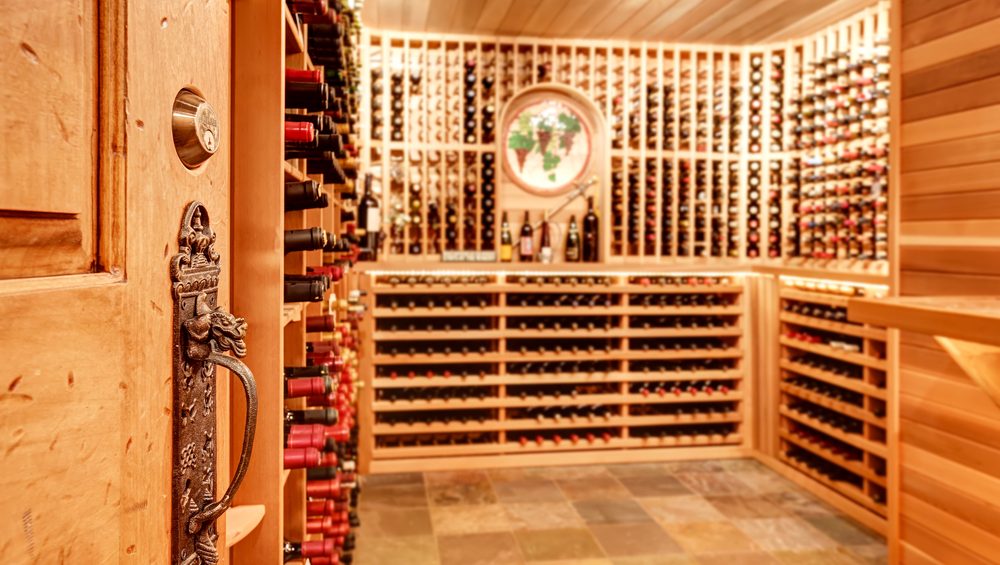A Blend of Design, Aesthetics & Lifestyle
Among the myriads of features that define high-end homes in Marbella, wine cellars stand out as a symbol of sophistication and a testament to the owners’ refined taste. This blog post delves into the principles of wine cellar design and construction, their integration into the overall architectural plan of luxury properties, and their contribution to the aesthetics and lifestyle of Marbella’s elite residences.
This blog post provides detailed information about wine cellars in luxury properties in Marbella, explained in simple terms. You can use this essential information when purchasing your next luxury property in Marbella or if you decide to build a new wine cellar or renovate an existing one in your current property.
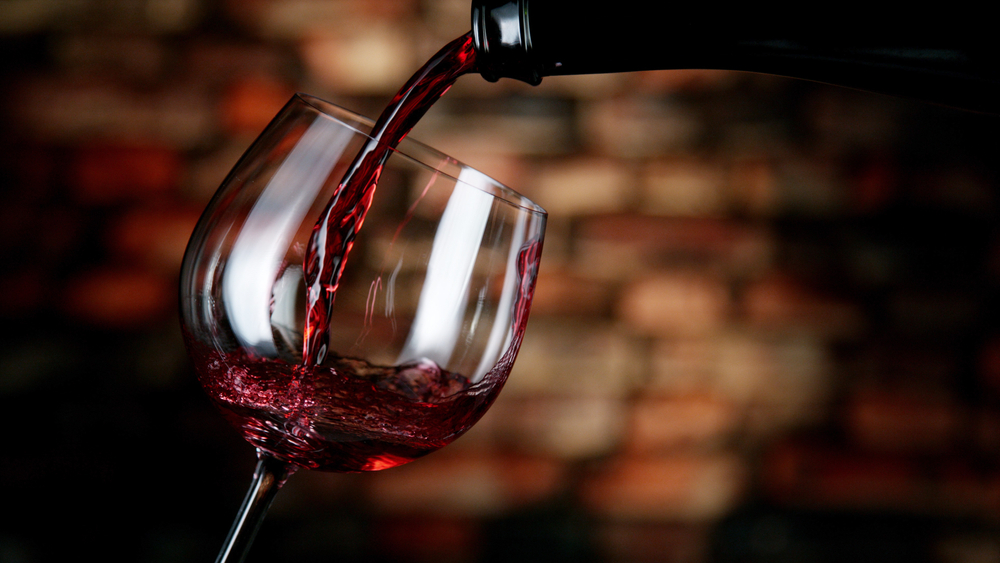
Re-inventing the Wine Cellar
Historically, wine cellars were somewhat dank, stone or brick rooms hidden beneath the house, designed to replicate the conditions of natural caves ideal for storing wine. Over time, these spaces became more accessible and aesthetically pleasing, moving from winegrowing estates and châteaux into luxury homes. By the late 20th century, wine cellars had evolved into attractive spaces that were often decorated like wineries, traditional cafés, or tapa bars, complete with bar and tasting tables.
The 21st century has seen a significant shift in the design and function of wine cellars. The traditional brick wine cellar has been transformed into a sleek, glass-and-chrome vitrine. This modern bodega is no longer confined to the basement but can be a prominent feature in the home’s main living spaces.
While it can still be part of an entertainment room, home cinema, or private spa in the basement, its versatility allows it to serve as a stylish division between rooms, an eye-catching feature in the kitchen, dining room, or even the living room.
1. The Essence of Wine Cellar Design and Construction
Wine cellars in luxury properties are more than just storage spaces; they are meticulously designed environments that preserve and enhance the quality of wine collections. Here are the key design and construction principles:

a. Climate Control
Maintaining a stable temperature (typically between 12-16°C) and humidity level (around 60-70%) is crucial. Advanced climate control systems, including HVAC units and humidifiers, are installed to ensure these conditions are consistently met, protecting the wine from spoilage.
On the other hand, temperature and Humidity Control Systems are integral to maintaining the ideal environment. High-quality systems can range from €2,000 to €10,000 depending on the cellar’s size and specific requirements.
Moreover, according to industry experts, improper storage conditions can ruin up to 10% of a wine collection annually. Thus, investing in climate control is not just about preservation but also about protecting a valuable asset.
b. Insulation & Vapor Barriers
Proper insulation and vapor barriers are essential to prevent external conditions from affecting the cellar’s climate. High-quality insulation materials and a vapor barrier on the warm side of the insulation help maintain the cellar’s environment.
When building wine cellars closed-cell spray foam insulation is commonly used, costing about €50 per square meter.
It is good to know that a vapor barrier prevents moisture from the external environment from entering the cellar, which is crucial in Marbella’s humid climate.
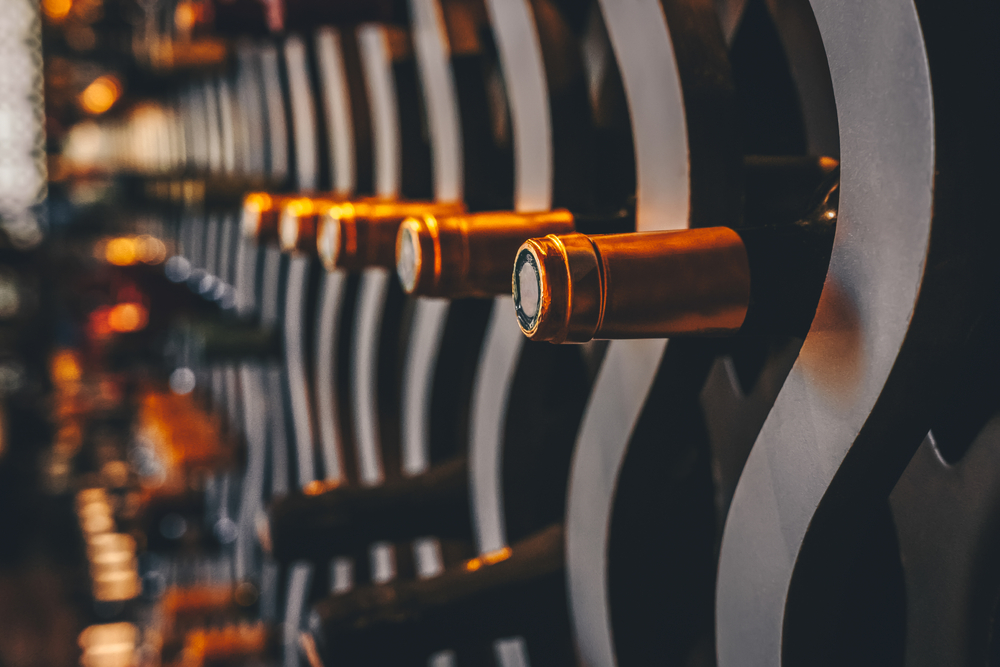
c. Racking Systems
Wine racks are designed to store bottles horizontally, keeping the cork moist and ensuring a good seal. Materials such as redwood, mahogany, and metal are commonly used for their durability and aesthetic appeal. Custom racking systems can be tailored to fit any space and style preference.
Regarding the cost, custom racking systems can range from €500 to €2,500 per linear meter. Finally, in terms of design, modular racking systems allow for expansion as the collection grows, providing flexibility and future-proofing the cellar design.
d. Lighting
Low-heat lighting, such as LED fixtures, avoids raising the cellar’s temperature. The lighting design also enhances the cellar’s visual appeal, highlighting the collection and architectural features.
Types of Lighting used like LED strips, recessed ceiling lights, and backlit displays are popular choices. In addition, high-end LED systems can cost between €100 and €300 per fixture.
2. Integration into the Architectural Plan
In the interior design of luxury properties in Marbella, wine cellars are not treated as an afterthought but rather as a central feature. Their location and aesthetic features are carefully planned to be seamlessly integrated into the overall architectural design.
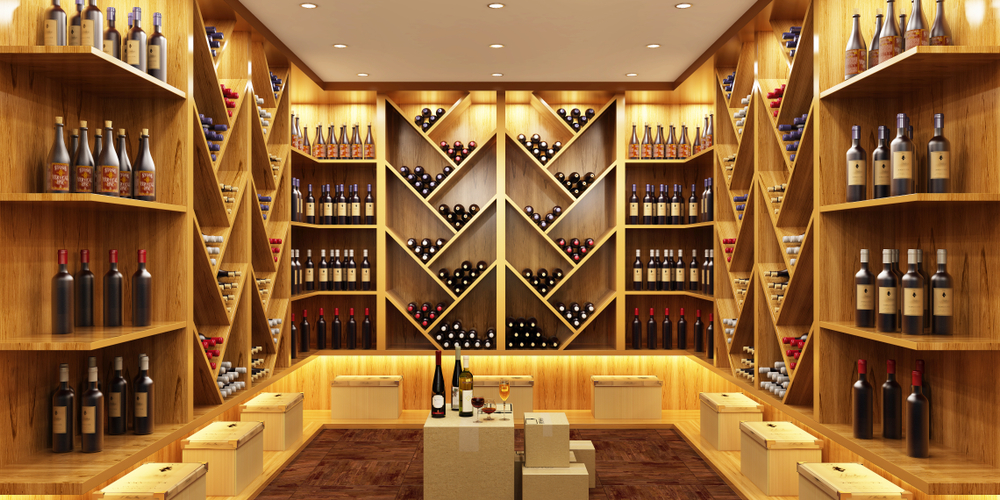
a. Location
Wine cellars are often located in the basement to take advantage of the natural insulation provided by the surrounding earth. However, in properties with expansive designs, they can be found on the main floor, accessible from the dining or entertainment areas for convenience and showcasing. As such, modern designs increasingly incorporate wine cellars in living spaces to enhance accessibility and visual impact.
An interesting fact is a recent survey by a Marbella real estate agency showing that 40% of luxury properties listed in 2023 featured wine cellars integrated into the main living areas.
b. Aesthetic Continuity
The design of the wine cellar often mirrors the home’s architectural style, whether it’s contemporary, traditional, or a blend of both. This aesthetic continuity enhances the property’s overall visual harmony.
You can expect a Mediterranean-style villa in Marbella featuring a wine cellar with rustic wooden racks and terracotta tiles, that blend seamlessly with the home’s overall decor.
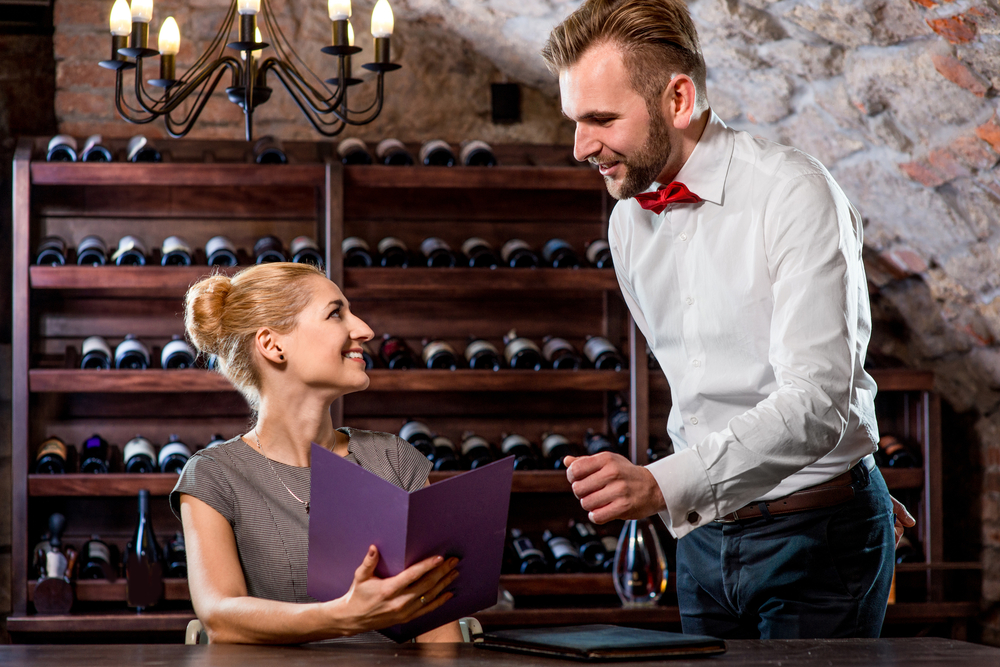
c. Multi-functional Spaces
Modern wine cellars in luxury homes are designed as multi-functional spaces, often incorporating tasting rooms, lounge areas, and even small kitchens for preparing hors d’oeuvres. This integration transforms the cellar into a social hub within the home. Also comfortable seating and sophisticated decor can elevate the cellar from a storage room to a luxurious gathering spot.
In a survey of high-net-worth individuals, 60% expressed a preference for wine cellars that also serve as entertainment spaces.
3. Contribution to Aesthetics & Lifestyle
A well-designed wine cellar not only adds to the aesthetic appeal of a luxury property but also significantly enhances the lifestyle of its residents. Here’s how:
a. Aesthetic Value
Wine cellars serve as a focal point in interior design, often featuring glass walls, elegant lighting, and exquisite materials that create a visually stunning display. This not only impresses guests but also adds a touch of elegance to the property.
Glass-enclosed wine cellars create a striking visual centerpiece, often becoming the most talked-about feature in luxury homes.

b. Lifestyle Enhancement
For wine enthusiasts, a cellar offers the perfect environment to indulge in their passion. It provides a dedicated space for wine tasting, hosting gatherings, and showcasing their collection. This enhances the homeowner’s lifestyle, making entertaining a more refined experience.
A luxury villa in Marbella incorporating a wine cellar with an adjacent tasting room allows for private tastings and intimate gatherings with friends.
c. Investment Value
A well-constructed wine cellar can increase the property’s value, appealing to potential buyers who appreciate luxury and sophistication. It is seen as a desirable feature that sets the property apart in Marbella’s competitive real estate market. Properties with wine cellars can see an increase in value by up to 5-10%, according to real estate experts.
In Marbella, where the luxury property market is highly competitive, unique features like wine cellars can be the deciding factor for discerning buyers.
4. Marbella’s Unique Appeal
Marbella’s luxury properties are uniquely positioned to benefit from the inclusion of wine cellars due to the region’s affluent demographic and cultural appreciation for fine living. The Mediterranean climate, vibrant social scene, and a high concentration of discerning buyers make Marbella an ideal location for properties that boast such sophisticated features.
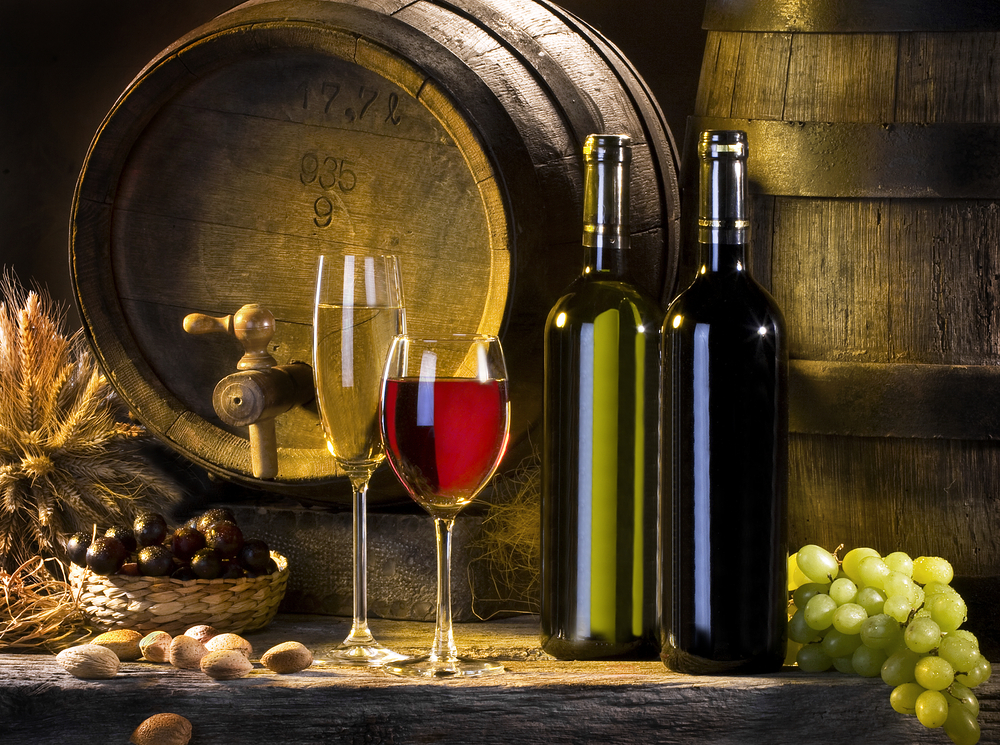
a. Cultural Relevance
The Spanish culture’s deep-rooted appreciation for wine is reflected in the demand for bespoke wine cellars. Owning a wine cellar aligns with the cultural values and enhances the living experience.
Spain is one of the world’s largest wine producers, with a rich history of viticulture. This cultural backdrop adds intrinsic value to wine cellars in Spanish homes.
b. Market Demand
The luxury property market in Marbella is driven by a clientele that values exclusivity and refinement. Wine cellars are a sought-after feature, often influencing purchasing decisions.
A report by Knight Frank highlighted that over 30% of luxury property buyers in Marbella considered a wine cellar a must-have feature in 2023.
Conclusion
Wine cellars in Marbella’s luxury properties epitomize the blend of technical precision, aesthetic sophistication, and enhanced lifestyle. They are a testament to the homeowners’ dedication to quality and elegance, reflecting both cultural appreciation and personal taste. Whether you’re a wine connoisseur or a lover of fine living, a wine cellar in a Marbella property offers a unique and enriching experience, adding significant value to the home and the life of its residents.
You might also be interested in:
- Luxury property Interior Design in Marbella
- Luxury Home Interior Design with José Antonio Flores
- 10 Ways of Energy Sustainability in Luxury Homes in Marbella
- Game Rooms in Luxury Properties in Marbella
- Private Spas in Luxury Properties in Marbella
- Sports Amenities in Luxury Properties in Marbella
- Private Cinemas in Marbella’s Luxury Properties
- Exclusive Amenities of Luxury Properties in Marbella, Spain
